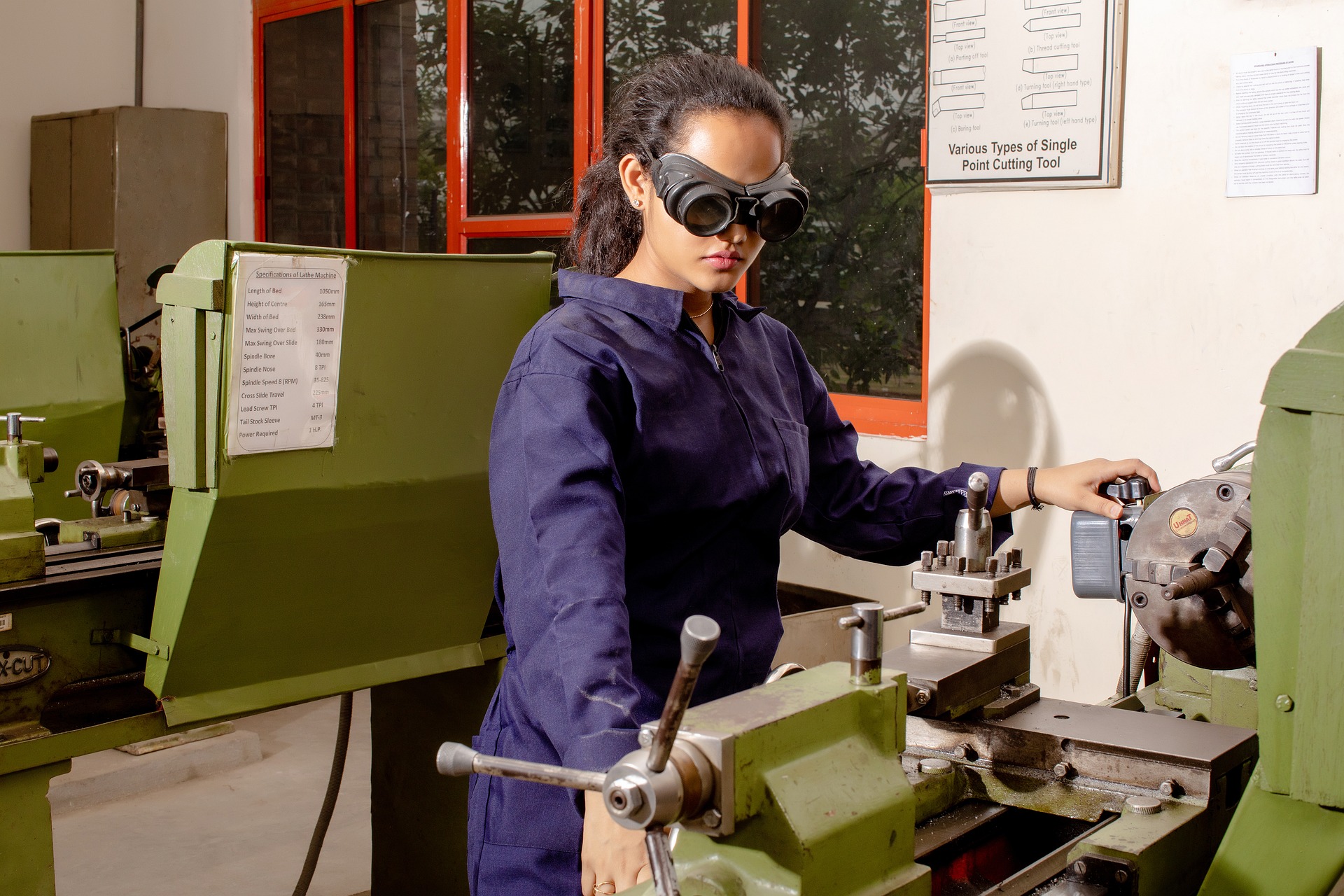The Intricacies of Business Process Reengineering and its Influence on Modern Industrial Operations
In the ever-evolving world of business and industry, the quest for operational excellence is unending. One such strategy that has gained significant traction in recent times is Business Process Reengineering (BPR). This radical redesign of core business processes to attain substantial improvements in productivity, cycle times, and quality has become a game-changer in modern industrial operations.

Unpacking Business Process Reengineering
BPR emerged in the early 1990s as a strategy to address organizational inefficiencies. It involves the fundamental rethinking and radical redesign of business processes to achieve dramatic improvements in critical performance measures, such as cost, quality, service, and speed. BPR deviates from the traditional ‘tinkering’ with existing processes and requires organizations to start from scratch, asking ‘what is our core business and how can we do it better?’
The Role of BPR in Modern Industries
In today’s competitive landscape, BPR offers a strategic approach to improving operational efficiency. By focusing on core business processes, it allows organizations to streamline operations, reduce redundancies, and improve customer service. For instance, a manufacturing company may use BPR to redesign its production process, eliminating unnecessary steps, reducing lead times, and improving product quality.
Impact, Benefits, and Challenges of BPR
BPR has a profound impact on how businesses operate, offering potential benefits such as increased efficiency, reduced costs, and improved customer service. However, implementing BPR is not without its challenges. It requires a significant commitment from leadership, substantial resource allocation, and the willingness to disrupt current operations. Successful BPR implementation also requires careful planning, clear communication, and employee buy-in to overcome resistance to change.
BPR in Practice: A Case Study
A notable example of successful BPR implementation is Ford Motor Company. In the early 1990s, Ford used BPR to redesign its accounts payable process. By eliminating unnecessary steps and introducing electronic data interchange, Ford was able to reduce its accounts payable staff by 75% and save millions of dollars. This case highlights the transformative power of BPR when properly implemented.
Handy Insights for Successful BPR
- Start with a clear understanding of your organization’s core business processes and pinpoint areas of inefficiency.
- Secure strong leadership commitment to drive the BPR initiative and overcome resistance to change.
- Involve employees in the BPR process to ensure buy-in and smooth implementation.
- Prioritize clear, consistent communication throughout the BPR process.
- Monitor and measure the results of your BPR initiative to ensure desired outcomes are achieved and to identify areas for improvement.
In conclusion, Business Process Reengineering presents a compelling approach for organizations seeking to improve their operational efficiency and competitiveness. However, its implementation requires careful planning, strong leadership, and a willingness to disrupt current operations. When effectively implemented, BPR can yield significant benefits, including improved efficiency, reduced costs, and enhanced customer service. As the business landscape continues to evolve, BPR remains a relevant and potent tool for modern industrial operations.





